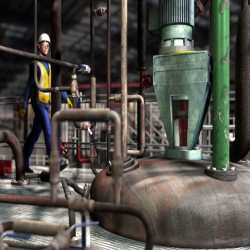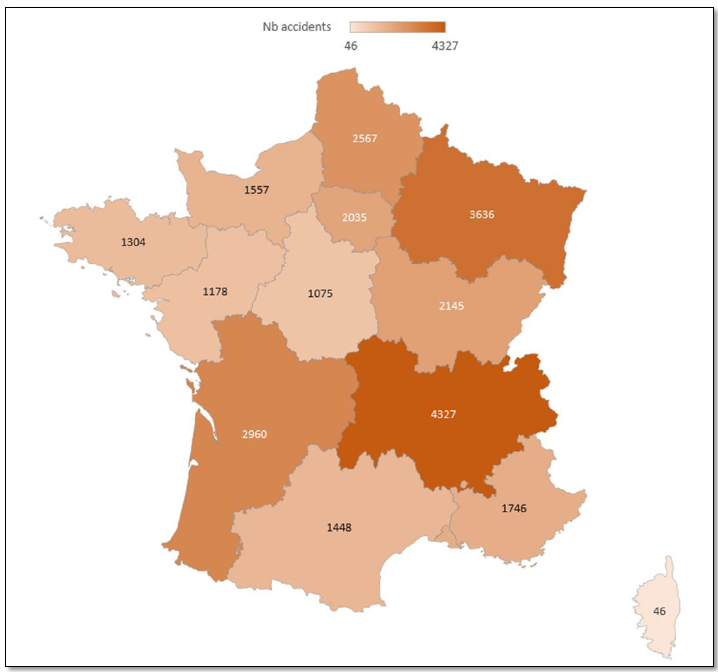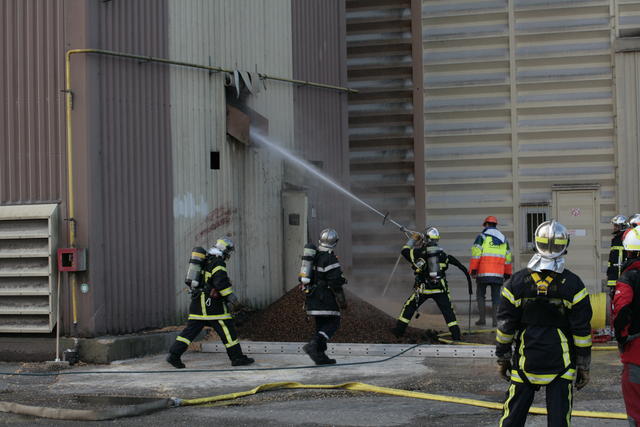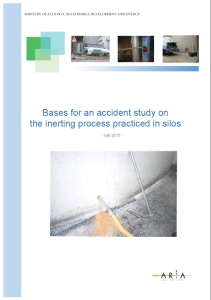How does a technically insignificant incident turn into a media frenzy? This new film, produced by the BARPI, explains the sequence of malfunctions that led to the release of a highly olfactory component. A timeline presents how the media crisis[...]
The ARIA database on technological accidents lists 26,271 events in French industrial establishments between 1 January 1992 and 31 December 2016. This large sample allows to give some trends on the exposure of the territories (regions, county) to the industrial[...]
At around 3○a.m., a deep-seated fire broke out in an outdoor 50,000○m3 woodchip storage in a waste recycling facility (24○m high, located on the facility's property line). White smoke was emitted above the urban zone and the highway. Access to[...]
The handling of an industrial accident is often rife with obstacles, e.g. water supply constraints, inappropriate response protocol in light of product properties, inefficient information provided by bystanders... 6.5% of all accidents recorded at France's classified sites have experienced major[...]
The use of an inerting process is a means of intervention used in a fire in grain silos. However, it remains uncommon. As part of its work, the BARPI wrote a synthesis on this process based on the accidents contained[...]
The Convention on the Transboundary Effects of Industrial Accidents (Industrial Accidents Convention, or the Convention) is one of the five multilateral environmental agreements hosted by The United Nations Economic Commission for Europe (ECE). Its first version was signed on 18[...]
On industrial sites at risk, the organization of relief operations is a regulatory obligation whose objectives are double. Either the operator is able to manage with his own means the onset of a dangerous accident (internal organization of relief). Or[...]
So called, "laborious research" mobilizing important human and material resources is sometimes necessary to identify the origin of a pollution resulting from an industrial accident. Despite these difficulties in characterizing situations and identifying possible effects, it is up to the[...]
Objectively, crisis have two main origins : one of a technical nature, linked to the presence of dangerous products, and the other social, linked to the incomprehension of the risks involved. The difference of perception of the risk involved analysis[...]
During an accident, the inspection authority for classified facilities participate, on behalf of the Prefect, in crisis management. Inspectors also intervene in post-accident monitoring and carry out accident investigation. They may finally be required to propose and follow up actions[...]








